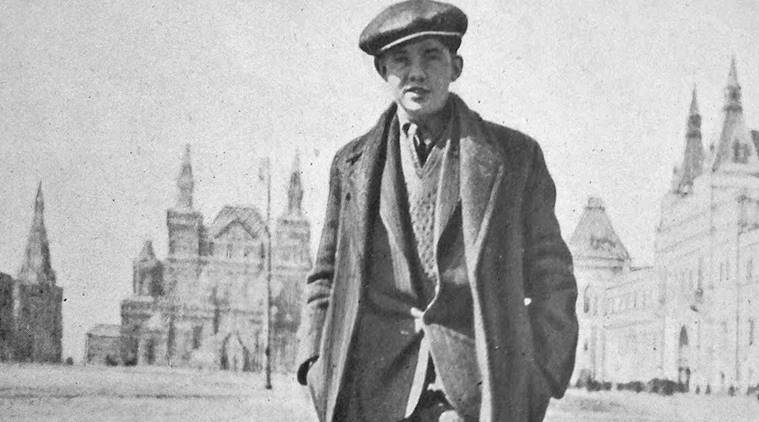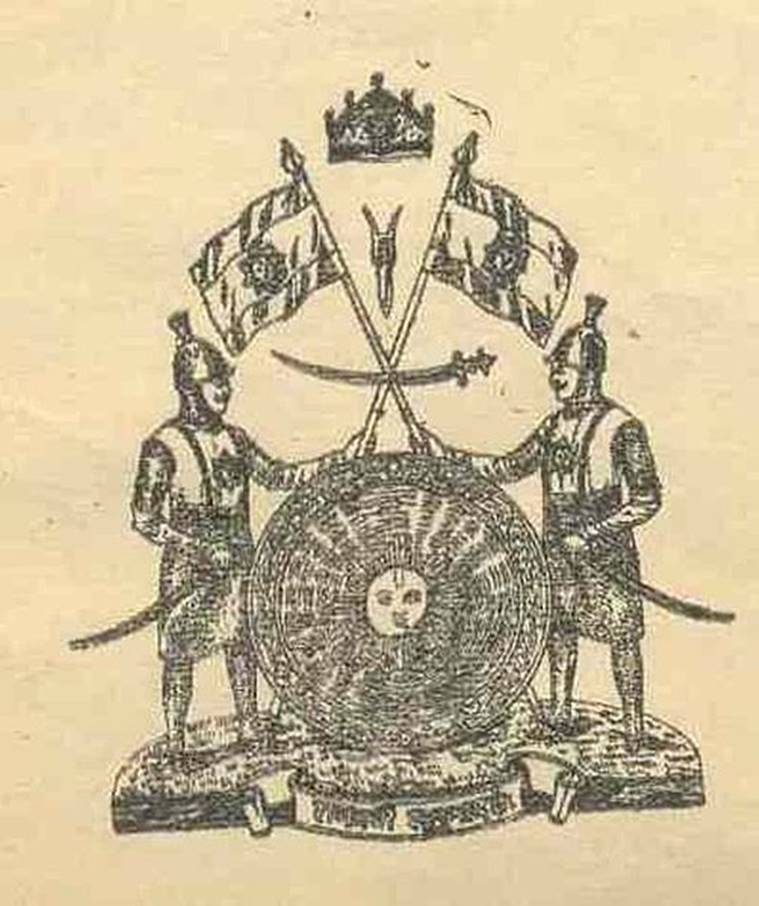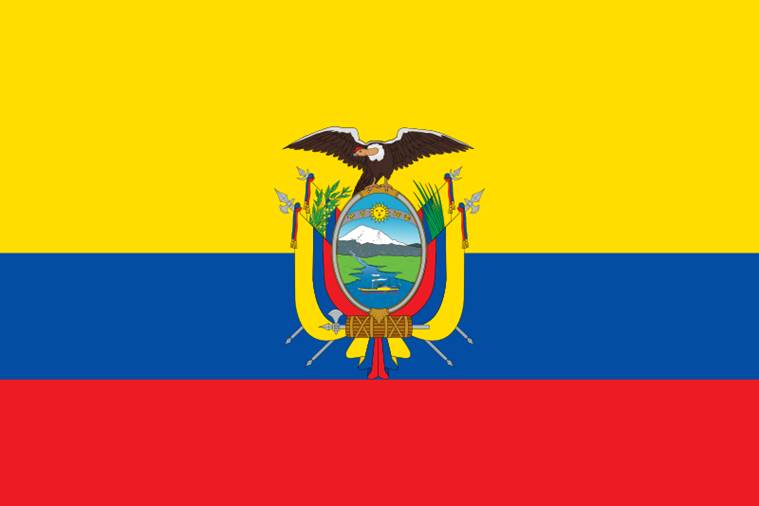Quiz games: Ask your child these questions this weekend
Quiz questions: This weekend, try asking your child these questions and see if they can guess the answers.
Planning to spend quality time with kids this weekend? Why not play a quiz with them? Try asking your child these questions and see if they can guess the answers.
Q.1. In 1928, Palle Huld 15-year-old, red-haired boy from Denmark took part in a contest to re-create Phileas Fogg’s famous voyage from Around the World in Eighty Days — except he had to complete it in 46 days.

Upon successful completion, he published an account of his adventures in 1929, titled A Boy Scout Around the World. A Belgian cartoonist read this account and is said to have been inspired to create a character whose main job is that of a reporter. Name the cartoonist or his most famous creation.
Q.2. These owe their origin to a political dispute in the princely state of Jammu & Kashmir in the late 19th century.
By the 1880s, the Dogra dynasty that ruled the state had formed alliances with the British. However, they were unwilling to let outsiders buy land in the princely state either for the purpose of residences or offices. Facing this lack of real estate, the British came up with a unique solution.

What resulted thus, something that can still be seen today?
Q.3. Tribes in Ecuador such as Tagaeri have names for this animal like ritto, rit, and ridette, which mean “sleep”, “eat”, and “dirty” owing to their most recognisable characteristics.

This animal is so named because of its very low metabolism and deliberate movements, borrowing from one of the seven deadly sins in Christian teachings.
Name this highly passive animal.
Q.4. The name of this colour literally translates to ‘blue dye from India’ and dates back to the sixteenth century.
The colour became well known to Indians due to the British Raj forcing Indian farmers to grow the plant that provided this colour.
The farmers protested against this in an event known as the Champaran Satyagraha, India’s first civil disobedience movement under Gandhi.

Which colour are we talking about?
Q.5. One day in 1937, Fred Morrison and his future wife Lucile were tossing a cake pan back and forth on a beach in California when someone, thinking it was a new toy, came to them and offered to buy it. This led to the couplie making a business out of selling this item.
In 1957, Morrison decided to name the product after a pie- and cake-making company whose pans resembled the product. The products were now made of plastic instead of the original metal pans. Which product are we talking about?
Q.6. This organisation’s logo originated from an animal named Chii Chii that had been transferred from Beijing Zoo to London Zoo in 1958, three years before the organisation became established.
Being famous as the only animal of that particular kind residing in the West at that time, its uniquely recognisable physical features and status as an endangered species were seen as ideal to serve the organisation’s need for a strong recognisable symbol.

The organisation also needed a logo which would be easy to reproduce in black and white printing.
Name the organisation.
Answers
A1. Georges Prosper Remi or Herge, the creator of Tintin!
Since its first appearance, Tintin comics have been published in more than 70 languages with sales of more than 200 million copies worldwide. The young reporter is accompanied by his trustworthy dog Snowy, the always-swearing Captain Haddock, and the absent minded Professor Calculus.
A2. Houseboats!
Unlike their counterparts in Kerala, the houseboats in Srinagar, Jammu & Kashmir are usually stationary. They are usually moored at the edges of the Dal Lake and Nageen lakes. Some of the houseboats there were built in the early 1900s and are still being rented out to tourists. These houseboats are made of wood and usually have intricately carved wood panelling.
A3. Sloths!
They snoozawwwwwwwwwwwe for about 15 hours per day. Surprisingly, they are strong swimmers. Some of the six species are threatened by habitat loss. Deforestation in the tropical forests of South and Central America jeopardise the trees sloths rely on for food and shelter.
A4. Indigo!
Champaran is a district in Bihar where under colonial era laws, many tenant farmers were forced to grow indigo on a portion of their land as a condition of their tenancy. However, when the Germans invented a cheaper artificial dye, the demand for indigo fell. During the First World War, indigo became profitable again. Thus, many tenants were once again forced to grow it on a portion of their land- as was required by their lease.
A5. Frisbee!
It was first sold by the Wham-O toy company in 1957 under the name ‘Pluto Platter’. Wham-O changed the name the following year as a misspelled homage to the popular New England pastime of tossing around pie tins from Connecticut’s Frisbie Pie Company.
A6. World Wildlife Fund (WWF).
The panda, with its distinctive black and white coat, is adored by the world and considered a national treasure in China. It has been the logo of WWF since 1961. Pandas live mainly in temperate forests high in the mountains of southwest China, where they subsist almost entirely on bamboo. They must eat around 26 to 84 pounds of it every day, depending on what part of the bamboo they are eating.
(Courtesy: Walnut, a quizzing company based in Bengaluru. Follow them on Twitter @askwalnut. )
For all the latest Parenting News, download Indian Express App
Source: Read Full Article





